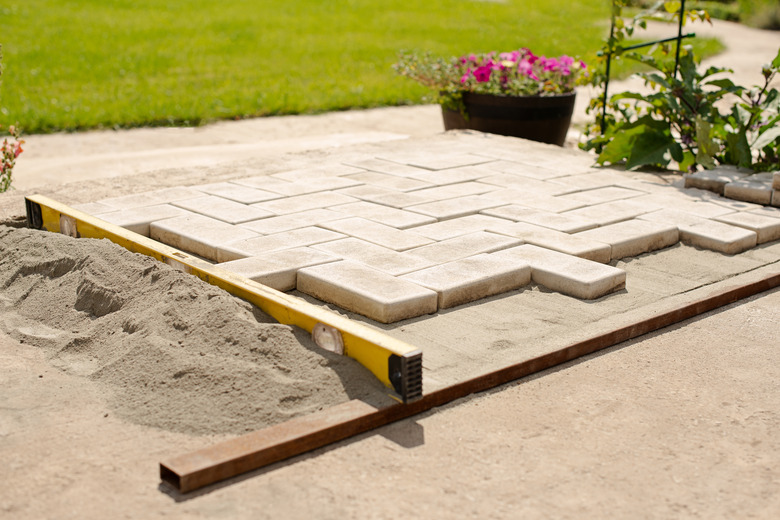What Is The Difference Between Washed Sand And Silica Sand?
We may receive a commission on purchases made from links.
If your DIY project calls for a specific type of sand, you may wonder if the sand type matters or if one type is really that much different than another. Silica sand, for instance, is made primarily of silicon dioxide, while other sand not labeled as silica sand most likely contains other minerals. Washed sand covers a vast array of sand types, from basic masonry sands to play sand for a sandbox, and the grains could be coarse or fine depending on the product.
The one thing all washed sands have in common, besides being forms of sand, is that they've been through a cleaning process to remove some impurities. Washed sand is not a substitute for silica sand, nor is silica sand a replacement for washed sand in most applications.
Silica Sand Explained
Silica Sand Explained
Silica sand or industrial sand is made primarily of silicon dioxide, a combination of silica and oxygen. Though many types of sand on the market may contain some silica, overall, the sand must contain at least 95 percent silicon dioxide in order to be labeled as silica sand. In some cases, it's also called quartz sand since quartz is also made of silicon dioxide. Silica sand may also contain small amounts of silt, dust, or salts.
Silicon dioxide is naturally abundant on Earth, and it's widely used for all sorts of industrial and commercial uses, such as glass making. Heating quartz sand or silica sand to high enough temperatures transforms the material completely, and when it cools, it's glass. It's also used for sandblasting, for concrete or mortar, and for water filtration. For consumer use, silica sand is also used for pool filters, as it's great for trapping fine particles in the pool water. Pool supply retailers sell it as pool filter sand and typically in 50-pound bags.
The fine grains of silica sand could irritate eyes, the respiratory tract, or even your skin, so it's important to wear eye protection, gloves, and a respirator when working with loose silica sand. Do not use industrial or silica sand in an area where it may create a lot of dust, such as in a sandbox, as silica sand could damage the lungs if it's breathed in repeatedly. Only use silica sand where indicated, such as for replacing the sand in a pool filter every five or so years, per the manufacturer's instructions.
Washed Sand Explained
Washed Sand Explained
Washed sand means any kind of sand that has been cleaned to remove some impurities, such as silt, dust, and clay. Double-washed sand has gone through yet another cleaning cycle to remove even more contaminants. Not all washed sand is the same; the colors may vary, much the way sand color varies on beaches around the world. The grit or coarseness of the sand also varies depending on the type of washed sand.
The most common washed sand types are masonry sand, concrete sand, and play sand, or white sand. Concrete sand is the coarsest and may have tiny pebbles in it. Masonry sand's grains are finer and more uniform, and the sand comes in handy for mortar work or between pavers. Play sand, or white sand, is the type used for golf courses, beach volleyball pits, and sandboxes, as it looks the nicest. Some retailers may call it "beach sand."
If possible, look at a handful of the washed sand before buying it to determine if it's the right sand for your project if the labeling is unclear. Anything marked as play sand is clean and uniform enough to use in sandboxes and in areas where the sand remains visible. If you're buying sand for mortar, it's best to buy masonry sand.
